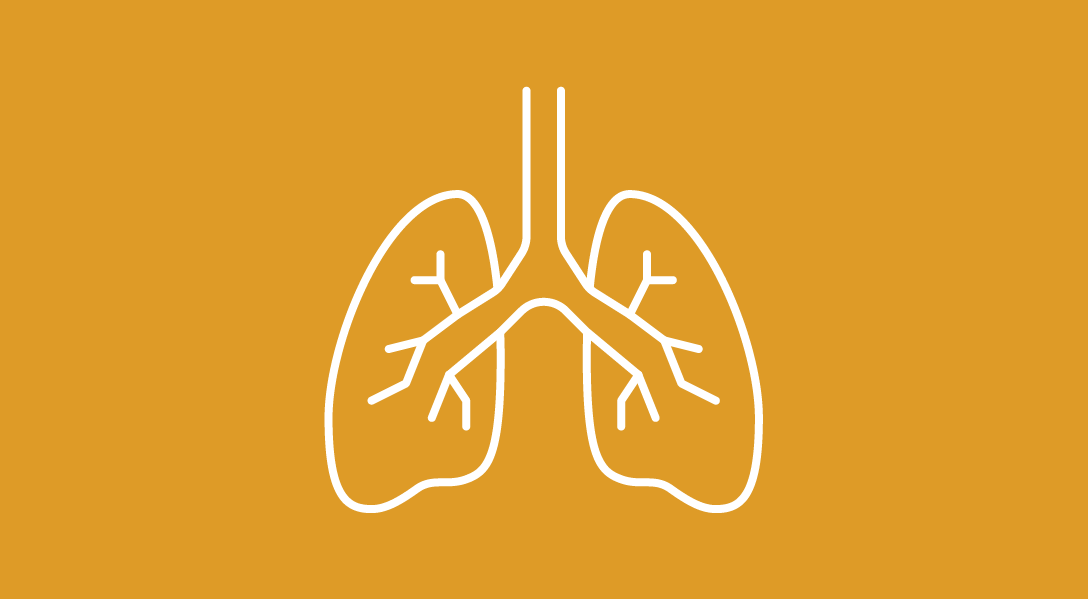Evaluating Targeted Therapies: MARIPOSA Trial Aids APPs in Treating EGFR+ NSCLC
Beth Sandy, MSN, CRNP, FAPO, led a discussion on EGFR-mutated non-small cell lung cancer, focusing on targeted therapies for those with advanced, treatment-naïve disease.
At an Oncology Nursing News Case Based Roundtable event, Beth Sandy, MSN, CRNP, FAPO, discussed the APP perspective on targeted therapies for locally advanced or metastatic EGFR-mutated NSCLC.

As the treatment landscape continues to evolve in non-small cell lung cancer (NSCLC), understanding options for those with advanced, treatment-naïve EGFR-positive disease is key.
At an Oncology Nursing News Case Based Roundtable event, Beth Sandy, MSN, CRNP, FAPO, Abramson Cancer Center, University of Pennsylvania, Philadelphia, discussed the advanced practice provider (APP) perspective on the evolution of targeted therapies for locally advanced or metastatic EGFR-mutated NSCLC.
PFS With Amivantamab Plus Lazertinib
According to the National Comprehensive Cancer Network (NCCN) Guidelines, the preferred treatment for patients with EGFR exon 19 deletion or exon 21 L858R mutations is frontline osimertinib (Tagrisso).1 Additional category 1 recommendations include the use of osimertinib plus pemetrexed and cisplatin or carboplatin, or amivantamab (Rybrevant) plus lazertinib (Leclaza).
To dive deeper into this discussion, Sandy discussed results from the phase 3 MARIPOSA trial (NCT04487080), in which investigators randomized patients 2:2:1 to receive either amivantamab plus lazertinib (n = 429), osimertinib (n = 429), or lazertinib (n = 216).2 Amivantamab was dosed at 1050 mg (1400 mg if MBI was less than or equal to 80 kg) weekly for the first 4 weeks, followed by every 2 weeks; while lazertinib was administered at 240 mg daily and osimertinib at 80 mg daily.
Progression-free survival (PFS) of the doublet vs osimertinib monotherapy by blinded independent central review (BICR) served as the primary end point. Secondary end points included overall survival (OS), objective response rate (ORR), duration of response (DOR), PFS after first subsequent therapy (PFS2), symptomatic PFS, intracranial PFS and safety.
After a median follow-up of 22.0 months, the combination therapy reduced the risk for disease progression or death by 30% (HR, 0.70; 95% CI, 0.58-0.85; P < .001). Among those treated with amivantamab plus lazertinib, median PFS was 23.7 months (95% CI, 19.1-27.7), compared with 16.6 months (95% CI, 14.8-18.5) in patients treated with osimertinib.
These findings of the combination vs osimertinib monotherapy were consistent among patients with a history of brain metastases (18.3 months [95% CI 16.6-23.7] vs 13.0 months [95% CI, 12.2-16.4], respectively; HR, 0.69; 95% CI, 0.53-0.92), and those without (27.5 months [95% CI, 22.1-not evaluable (NE)] vs 19.9 months [95% CI, 16.6-NE]; HR, 0.69; 95% CI, 0.53-0.89). Further, median extracranial PFS by BICR with amivantamab plus lazertinib was 27.5 months (95% CI, 221.-NE), compared with 18.5 months (95% CI, 16.5-20.3) with osimertinib (HR, 0.68; 9%% CI, 0.56-0.83; P < .001).
“In EGFR, patients have a much higher rate of brain metastases than they do with wild-type EGFR non-small cell lung cancer, and we know historically that these EGFR TKIs do cross the blood-brain barrier, so that's important,” Sandy said.
When comparing osimertinib vs lazertinib, ORRs and DORs were similar at 85% (95% CI, 81%-88%) and 83% (95% CI, 77%-88%), respectively, among all responders, and 16.8 months (95% CI, 14.8-18.5) and 16.6 months (95% CI, 14.8-20.2).
Updated Findings of the MARIPOSA Trial
When looking at OS, 75% and 70% of patients treated with amivantamab plus lazertinib and osimertinib monotherapy, respectively, were alive at 24 months, decreasing to 61% and 53% at 36 months.3 Median OS was NE with the combination (95% CI, NE-NE), compared with 37.3 months (95% CI, 32.5-NE) with osimertinib (HR, 0.77; 95% CI, 0.61-0.96; P = .019).
“Overall survival also means a great deal to us…just because you gave it [in the] front line, a lot of these people will then get similar second-line agents. And does that mean that they will actually live longer?” Sandy said. “So we are getting more longevity and survival here [with the combination].”
At 3 years, a favorable trend in intracranial PFS was shown in the amivantamab-plus-lazertinib arm, with sustained and durable central nervous system (CNS) control. With a median follow-up of 31.1 months, the median intracranial PFS was 24.9 months (95% CI, 20.1-34.7) and 22.2 months (95% CI, 18.4-26.1) in the amivantamab/lazertinib and osimertinib arms, respectively (HR, 0.82; 95% CI, 0.62-1.09; P = .165). The 3-year landmark for intracranial PFS was double for amivantamab plus lazertinib (38%) compared with osimertinib (18%).
Adverse Events
Sandy did highlight that adverse events (AEs) of special interest were associated with treatment with amivantamab/lazertinib, compared with osimertinib, including any venous thromboembolism (VTE; 37% vs 9%, respectively; grade 3, 10% vs 3%).2 At the time of first VTE, the majority of patients were no on anticoagulants, and most events in the amivantamab/lazertinib arm occurred within the first 4 months of treatment.
Sandy noted that prophylactic dose anticoagulation is now recommended for the initial 4 months of treatment in ongoing trials of amivantamab plus lazertinib.
She added that the most common AEs with amivantamab are rash, infusion-related reaction, paronychia, musculoskeletal pain, dyspnea, nausea, fatigue, edema, stomatitis, cough, constipation, and vomiting. Further, warnings and precautions with the drug comprise infusion-related reaction, interstitial lung disease or pneumonitis, venous-thromboembolic events, dermatologic adverse reactions, ocular toxicity, and embryo-fetal toxicity.
References
- National Comprehensive Cancer Network. NCCN Clinical Practice Guidelines. Non-Small Cell Lung Cancer (Version 11.2024). Accessed: January 2, 2025. https://www.nccn.org/guidelines/guidelines-detail?category=1&id=1450
- Cho BC, Felip E, Spira AI, et al. Amivantamab plus lazertinib vs osimertinib as first-line treatment in patients with EGFR-mutated, advanced non-small cell lung cancer (NSCLC): Primary results from MARIPOSA, a phase III, global, randomized, controlled trial. Ann Oncol. 2023;34(2):S1306.
- Gadgeel S, Cho BC, Lu S, et al. Amivantamab plus lazertinib vs osimertinib in first-line EGFR-mutant advanced NSCLC: longer follow-up of the MARIPOSA study. Presented at: IASLC 2024 World Conference on Lung Cancer; September 7-10, 2024; San Diego, CA. Abstract OA02.03.


